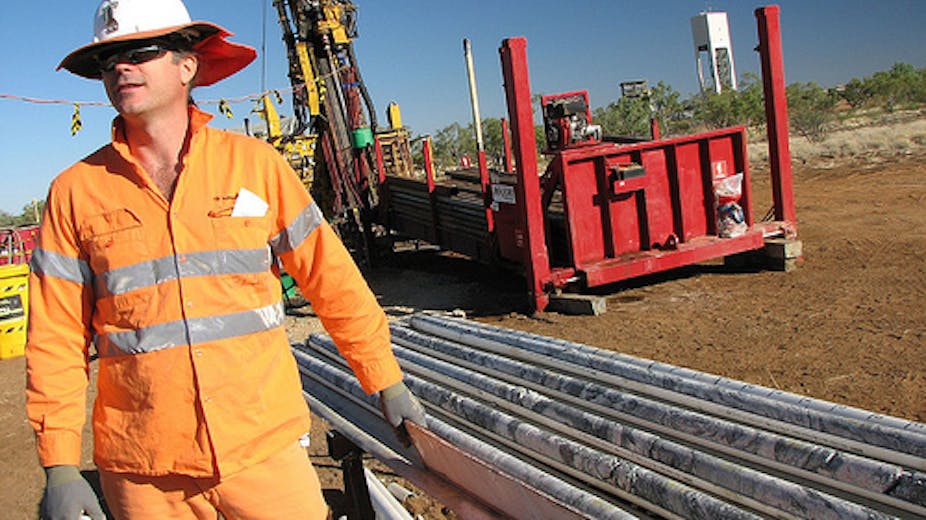In a decision hailed as ground breaking Fair Work Australia has recently determined that gender is a key factor in women’s low pay.
Essentially the argument is that workers in the female dominated community services sector are under-valued and underpaid.
There will be little argument against this decision from the sector or from those with whom they work. There will be mumblings from government and industry about the “cost” of valuing women’s work and an over-estimation in the community of the expectation that women will do this work as a natural extension of their caring role and therefore with limited pay.
Nonetheless there is no doubt amongst community workers and their advocates that this decision is a victory for women and the team working on bringing wage justice deserves wide praise.
This case re-awakened my interest in wage justice and caused me to spend a fruitful couple of hours trawling the labour force statistics for Australia.
While I bow to the superior wisdom of those who have worked tirelessly for this cause for decades, I do consider there are nuances that many of the rest of us might overlook.
Let’s examine a completely different industry - Australia’s so-called resources boom, the one that is hailed as the saviour of the Australian economy. It is instructive to ask whether our mining wealth is shared equitably between men and women. The answer, unsurprisingly, is very evidently not. What we have in Australia is a two speed economy – one where women work and graft small gains from a very low base and the other where men, particularly those in mining are zooming ahead.
On the face of it those working in mining are amongst the highest paid workers in the country. The average weekly wage is $2206.90. By comparison community service workers who are often on casual, part-time contracts and earn less than $20 an hour will struggle to reach the average full-time weekly female wage of $827.70. Compare this to mining and we start to see a quite different problem. Is the mining boom merely a manning boom?
Let’s look at the figures and here the latest ABS data from the February 2011 Labor Force Australia Catalogue is highly instructive .
| Mining unspecified | Coal mining | Oil and gas | Metal Ore | Mineral | Exploration | Total | |
|---|---|---|---|---|---|---|---|
| Male employees | 17900 | 43000 | 9300 | 58500 | 8300 | 34400 | 171400 |
| Female employees | 5900 | 4600 | 1100 | 10500 | 1000 | 6200 | 29300 |
It seems that barely 17% of the highly paid mining jobs are held by women. In the community services sector over 80% of these low-paid jobs are held by women.
This leads me to ask not only why is this so but also to question we value as work in our community. While it is obviously not caring for our sick, aged and children, we do place a very high value on resource extraction and pat ourselves on the back for the comfort this provides us as a nation. But we fail to see that those who benefit most from this activity are predominantly men.
Most of these mining positions are full-time with secure conditions. Again this compares very favourably with the workplace conditions and the status of women workers.
Women are more likely to work part-time and in casual insecure conditions. While more than a third of those working in Australia are in part-time positions, over 70% of part-time employees are women.
Hidden also in the detail of our unemployment figures (which overall are 4.9% of the workforce) is that women are more likely to be unemployed; 5.2% compared to the male figure of 4.6%.
Our highly gendered workforce participation, what we value in the wage scales and our pay equity gap have significant consequences for women. Poverty statistics, for example, are dominated by women.
The workforce yardstick for superannuation means that women accumulate more limited funds for their old age and are now much more likely to become homeless in their middle and older years if relationships breakdown.
There is another side to this argument – that is what impact does the mining wealth have on men? They are expected to live away from their families for long periods, are given significant amounts of money, have working conditions that do not engender work-life balance and live for much of the time in a very masculinist, gender-insensitive culture.
We have a long way to go to ensure equity of life chances between women and men. The Fair Work decision is a very good start but we must also interrogate why and how we value work and how we distribute our wealth.
The next time you hear of our mining boom, note that it is in fact a manning boom, perhaps even a super-charged, testosterone fuelled, cashed up boom. There is a long way to go before women will share in our economic wealth and achieve equitable wages and conditions and full participation.
Can we please unpack our workplace and develop new ways of valuing and balancing our wealth and our lives?

